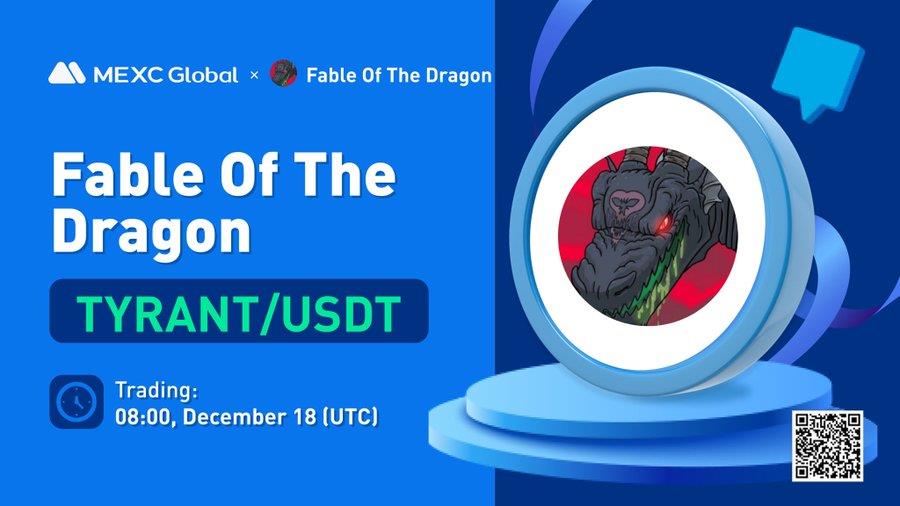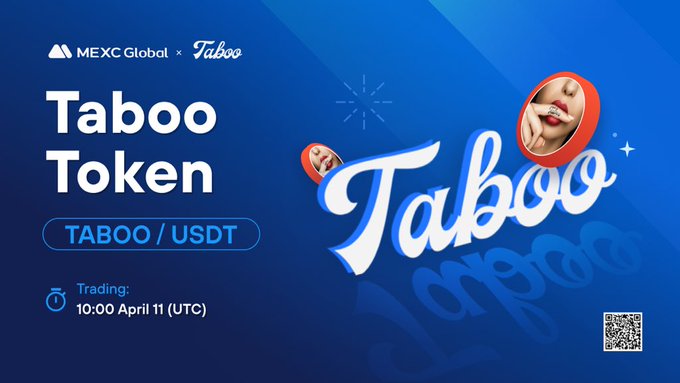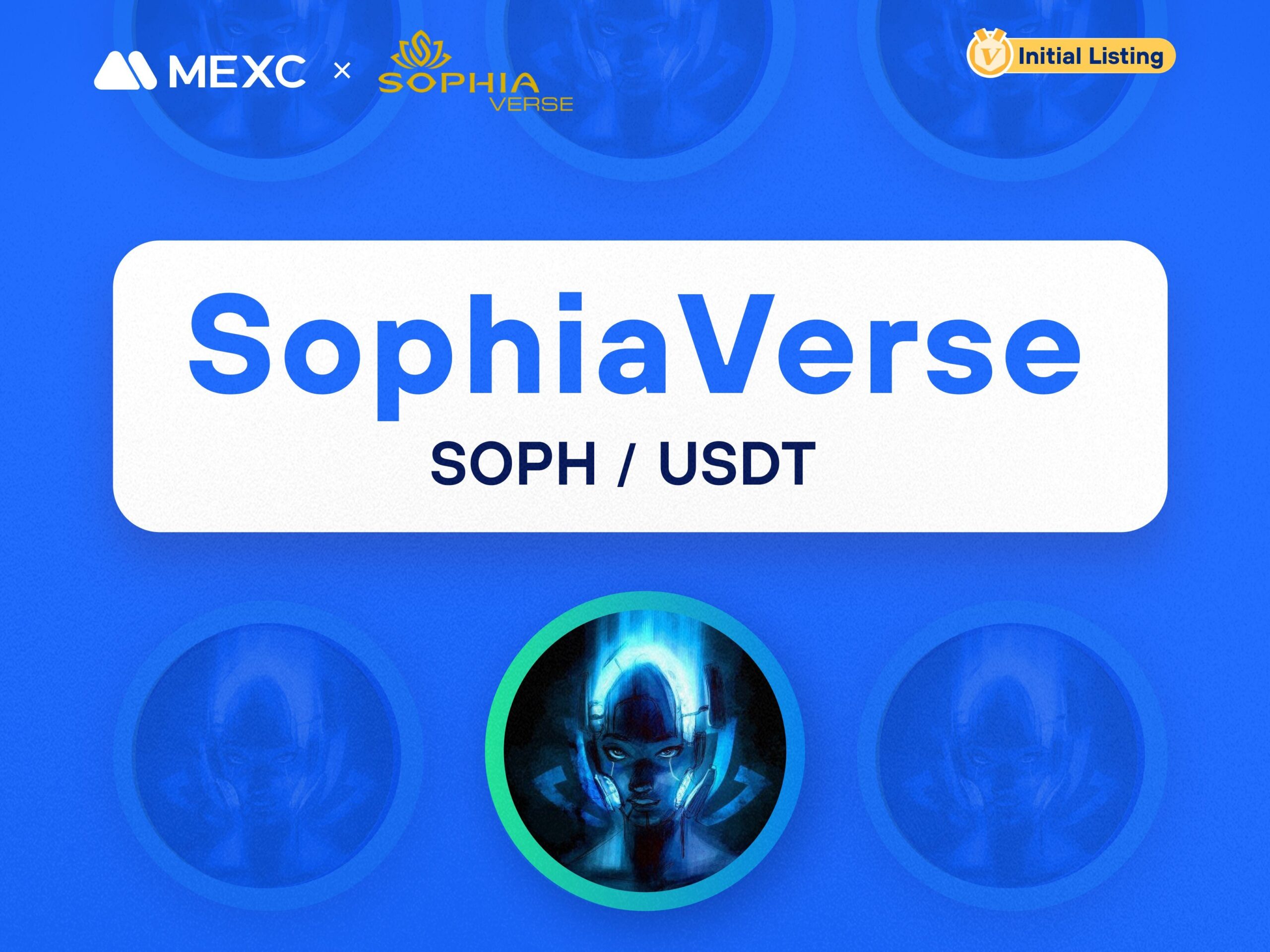Stellar or XLM (XLM/USDT – Trade it here) is an open-source network for currencies and payments. It aims at building an easy-to-use platform for developers to issue digital assets and build applications on a public distributed ledger that allows for near-instant payments and universal currency conversion. Basic information for their token is available on the MEXC Digital asset introduction page.

Stellar Core Features
While Stellar is similar in mechanism to Ripple (Read more about XRP), it differs from Ripple in that the design of Stellar, the permissionless blockchain, enables people to trade and use without access to the bank. This may benefit especially people with limited or without access to banks in underdeveloped countries, etc. While Ripple focuses more on transactions between banks and organizations, Stellar’s utility is more open to the general public.
To facilitate Web3 development, Stellar provides the following utilities to enhance developers’ experiences.
Issue Digital Assets
Stellar allows a user to create a redeemable, tradable representation of any asset. Stellar offers a generalized toolkit for anyone to digitize value and then issue and redeem claims on it. This functionality is built in at the protocol level; tokenization is a fundamental part of the network, so the supporting code is tested and fast. All asset types can take advantage of Stellar’s global reach, near-instant transaction times, and ultra-low costs.
Trade Tokens Peer-to-Peer
Every token on Stellar is exchangeable with any other token on the network, and the Stellar protocol itself connects buyers and sellers. Users can submit their bids or asks to the public network via a single, simple operation, and every few seconds compatible trades will automatically resolve. No middleman arranges settlement and no entity acts as an intermediate custodian. In short, there is a decentralized exchange (a.k.a. a DEX) built into Stellar’s ledger system. The base Stellar protocol not only tracks balances (as Bitcoin or Ethereum do) but also tracks and settles trades between balances in a decentralized, ownerless way.
Transform the Currency As Users Send It
Like any payment system, Stellar allows one user to send currency to another. User A can send User B dollar tokens or lumens or whatever. But Stellar also allows a user to send one currency and have the recipient receive another. Essentially, users can send and exchange money in a single atomic transaction. This is called a path payment. It’s a powerful innovation for international payments; for example, an American company can pay an invoice in Mexico by spending dollar tokens, while the vendor receives peso tokens. Neither side incurs exchange risk or delays. Both sides get only the currency they want.
Stellar Ecosystem
Stellar has a very large ecosystem, with wallets, fiat issuers, exchanges, service providers, businesses, etc. built on the network. To name a few, highlighted projects and products within the Stellar ecosystem include:
- MoneyGram Access, for converting digital assets and cashing globally
- Account Viewer, for checking user’s account and sending basic payments
- Kelp, for market making with the open-source trading bot
- Stellar Laboratory, for composing complex transactions and exploring Stellar operations
- Transaction Explorer, for exploring transactions and network activity on StellarExpert
- Freighter, a Stellar wallet for every website
- Node Explorer, for viewing network nodes on Stellarbeat and visualizing consensus
- Anchor Directory, for viewing the Stellar network directory of Anchors.
and more. With the ecosystem, Stellar is useful to empower FinTech platforms through global currency access and compliance tools, reduce the friction and costs of the traditional financial infrastructure, help make cross-border payments fast and efficient, and help exchanges enable compliant on/off ramps that grant the exchanges access to local currencies.
XLM Tokenomics
Lumens (XLM) are the native currency of the Stellar network and are the only asset that doesn’t require an issuer or a trustline. Every account is required to hold a minimum lumen balance, and all transaction fees are paid in lumens. The smallest unit of a lumen is a Stroop, which is one ten-millionth of a lumen.
100 billion lumens were created when the Stellar network went live, and for the first 5 or so years of Stellar’s existence, the supply of lumens also increased by 1% annually, by design.
Recent Price & Performance of Stellar (XLM)
Currently, their market price is $0.07508 per unit. It has a market cap of $1,958,131,734 and a fully diluted market cap of $3,753,878,201. It also has a 24-hour trading volume of $39,042,466. You can check the live price of their token right here!
How to buy Stellar (XLM)
You can buy Stellar (XLM) on MEXC by following the steps:
- Log in to your MEXC account and click [Trade]. Click on [Spot].
- Search “XLM” using the search bar to see the available trading pairs. Take XLM/USDT as an example.
- Scroll down and go to the [Spot] box. Enter the amount of XLM you want to buy. You can choose from opening a Limit order, a Market order, or a Stop-limit order. Take Market order as an example. Click [Buy XLM] to confirm your order. You will find the purchased XLM in your Spot Wallet.
You can find a detailed guide on how to buy XLM token here.
Keep Yourself Updated With The Crypto Trend
Check out all of the listings in the Innovation and Assessment zones as well as the major tokens in the Main Zone – we have more amazing projects to come! What’s more, MEXC lists moonshots and offers access to trade major cryptocurrencies. Visit the Hot Projects section as well to uncover more featured popular tokens. Lastly, feel free to visit MEXC Academy to learn more about cryptocurrency!
Join MEXC and Get up to $10,000 Bonus!
Sign Up


